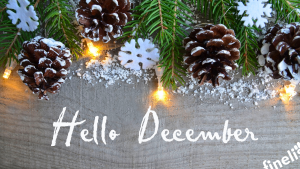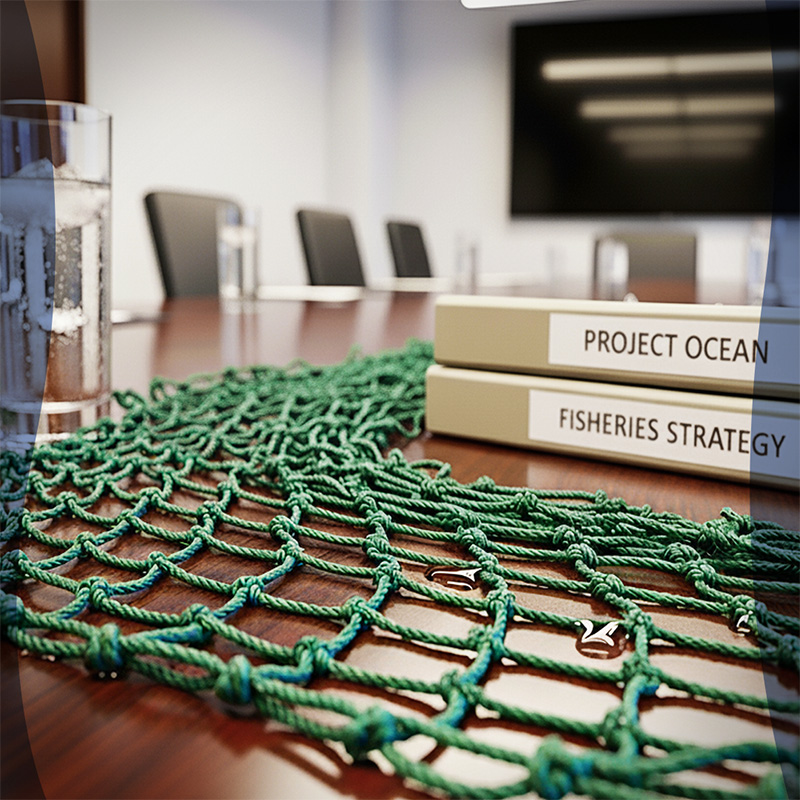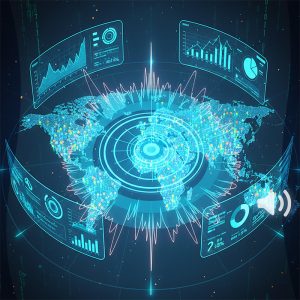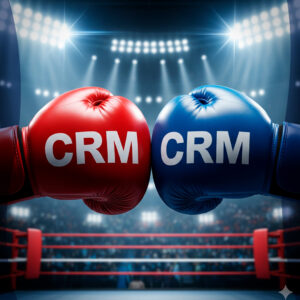
December Business Playbook: Retain Clients & Boost Revenue
Prepare Your Business for Q1 2026 December is not just
By Jean-Charles Spanelis – September 20, 2025

For decades, sales teams have cast their nets wide, hoping to catch as many prospects as possible. The problem? High volume often came with low quality, wasted energy, and inconsistent results. In 2025, lead generation looks less like industrial fishing and more like the refined art of deep-sea fishing: patient, precise, and adapted to constantly changing conditions.
The metaphor is simple yet powerful. Instead of catching everything that swims by, modern sales teams aim for the right fish, at the right time, with the right bait. And once the lead shows interest, success is no longer about brute force—it’s about guiding, nurturing, and engaging the prospect until the deal closes smoothly and naturally.
In the past, prospecting often meant endless cold calls, massive email blasts, and scripted pitches. Those days are gone. Today’s prospects are informed, over-solicited, and far less tolerant of intrusive approaches.
Continuing with outdated methods risks exhausting your team and damaging your brand image.
👉 As highlighted in Generate qualified leads: sell today, not 1998, the modern buyer expects relevance, personalization, and authenticity in every interaction.
Today, the burden is no longer on the client to adapt to your sales process. It’s on you—the sales leader—to understand their journey and align your approach with their timing and needs.
Great fishing starts with knowing the waters you’re in. In sales, that means identifying high-potential segments, defining buyer personas, and understanding their goals and pain points.
By 2025, advanced CRM systems, predictive analytics, and marketing automation platforms make it possible to detect promising leads long before the first call. Every signal matters—whether it’s a webinar registration, a whitepaper download, or a comment on LinkedIn. These are the subtle “bites” on your line that indicate interest.
But qualifying a lead doesn’t mean rushing to close. This is where nurturing becomes critical—feeding the relationship with relevant content, measured engagement, and consistent presence without overwhelming the prospect.
In our fishing metaphor, nurturing is about keeping the fish interested without pulling too soon. In sales, this means remaining top of mind through:
Nurturing is a long game. The mistake many companies make is trying to rush the deal. But in reality, patience and consistency lead to stronger, longer-lasting customer relationships.
👉 Learn more about how to automate these steps intelligently in B2B marketing automation: strategy and performance
Why does a qualified lead say “yes”? In 2025, the answer is rarely just about price or features. The true differentiator is trust—trust in your expertise, your transparency, and your ability to deliver.
Trust is built by:
At this stage, sales becomes less about persuasion and more about partnership. Your goal is not to trap the fish but to create a shared journey where both parties win.
Closing in 2025 is not about high-pressure tactics or aggressive negotiation. Instead, it’s about removing friction and making the decision feel natural.
Practical approaches include:
When the relationship has been nurtured properly, closing should feel like a logical conclusion—not a battle of wills.
👉 This aligns with insights from B2B sales: strategy and efficiency which emphasizes that longer sales cycles require patience, structure, and ongoing relationship-building.
Even in 2025, many organizations still fall into classic traps:
Remember, catching the fish is not the end—it’s just the beginning of building a sustainable relationship.
Lead generation in 2025 is more than tactics, tools, or even data. It’s a mindset shift: treating every lead as the start of a potential long-term partnership.
The modern salesperson is no longer just a closer. They are a guide, a consultant, and even a coach. They don’t just sell—they create an experience where the buyer feels understood, supported, and empowered.
Organizations that succeed will be those that balance technology-driven efficiency with human-driven trust.
The fishing metaphor brings it home: in lead generation, it’s better to catch fewer but higher-quality fish than to fill the net with noise.
In 2025, winning the lead generation game requires patience, precision, and a commitment to nurturing meaningful relationships. Don’t just chase volume—focus on the right prospects, build trust, and guide them with care to a closing that feels natural.
📞 Ready to optimize your lead generation strategy and turn prospects into lasting clients? Contact us today

Prepare Your Business for Q1 2026 December is not just

Between strategy, leadership, and delegation, learn how CEOs can transform their overwhelming to-do lists into powerful instruments of business clarity.

Understanding your website visitors means unlocking insights to sharpen your sales strategy, personalize outreach, and drive measurable results.

Lead generation is no longer about quantity but quality. In 2025, success comes from targeting the right prospects and guiding them with trust and care.

There is no absolute winner in the CRM battle. The right CRM is the one that matches your goals, teams and sales maturity.

Leadership can be isolating. Executive coaching provides support, perspective, and tools to help leaders make confident and effective decisions.